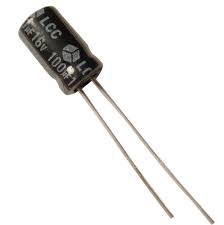Choosing a custom wire or cable assembly supplier is a huge decision. With so many companies who specialise in this niche of the electronics manufacturing industry, out there, it is difficult for a potential customer to differentiate between them.
Ultimately you want a supplier that is efficient, good value for money, productive, reliable and that can meet the requirements of your job specification.
However, finding one that exceeds your requirements, and offers an impeccable quality of product, combined with the most competitive of lead times is often a tricky task.
That’s where we come in.
Express Assemblies has been trading for over 20 years and has a wealth of experience in this industry. With a vast product portfolio, modern production plant and an unbeatable customer service record, we like to think we are working at the ‘cutting edge’ of wire and cable manufacturing and aim to be your number one choice for all your assembled product requirements.
So what makes us stand out?
E = Evolutionary: from humble beginnings on the kitchen table to now being a certified, accredited wire and cable business, operating to over 250 customers, the company has evolved into a huge force in the wire and cable assembly market.
X = eXcellence: Working to the pinnacle of quality excellence, Express Assemblies offers a range of services to add value to your business
P = Performance: catering our business to deal with any enquiry means we are flexible and adaptable in our approach. Not only this but we strive to meet production deadlines and demonstrate consistent work process performance from start to finish.
R = Reputation: As our product portfolio continues to expand and with a rapid rate in the growth of our business, we are achieving a strong reputation as one of the leading companies in the wire and cable assembly industry. We work hard to ensure our name reaches the masses and with repeat orders from over 97% of our customer base, our reputation speaks for itself.
E = Expertise: we have experienced, extremely capable staff on hand to deal with any questions or issues you may have regarding your wire and cable assembly.
S = Skilful: Express Assemblies can help bring a concept or idea to reality using highly skilled methods and training practice.
S = Successful: We like to think we are, 20 years and still going strong.
Without you, the customers, we would have no business. We want to work with you and offer you a process that provides simple, yet highly effective solutions to all your wire and cable assembly needs.
So why not Express yourself today and choose Express Assemblies Ltd, where we make the right connections!


 1
1





